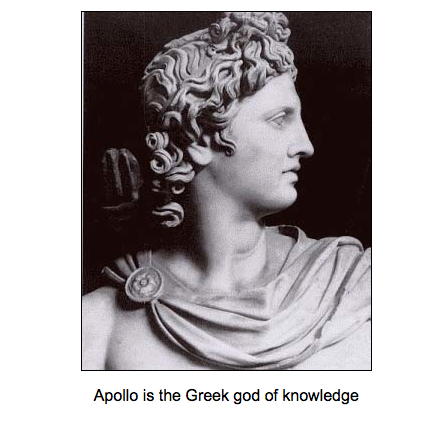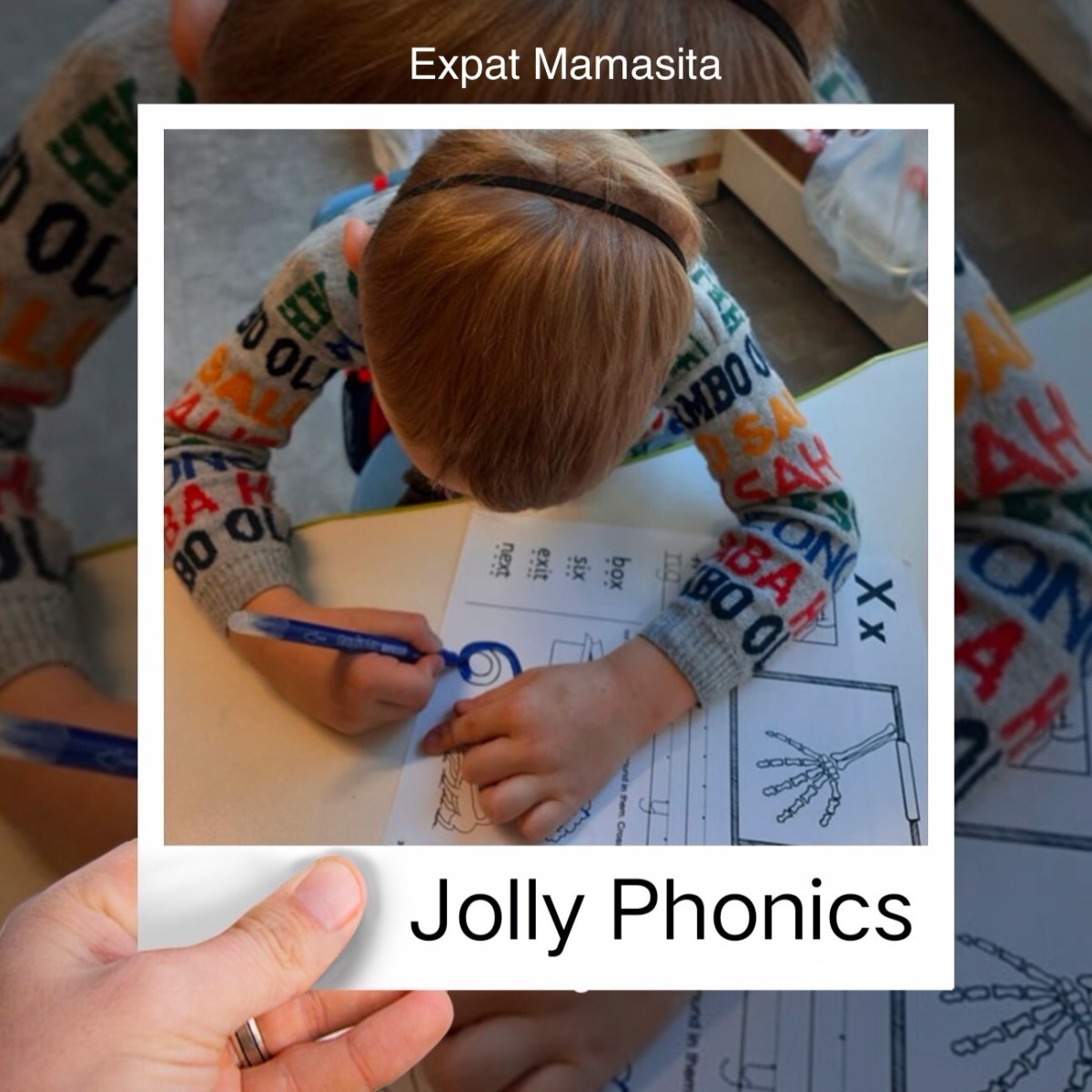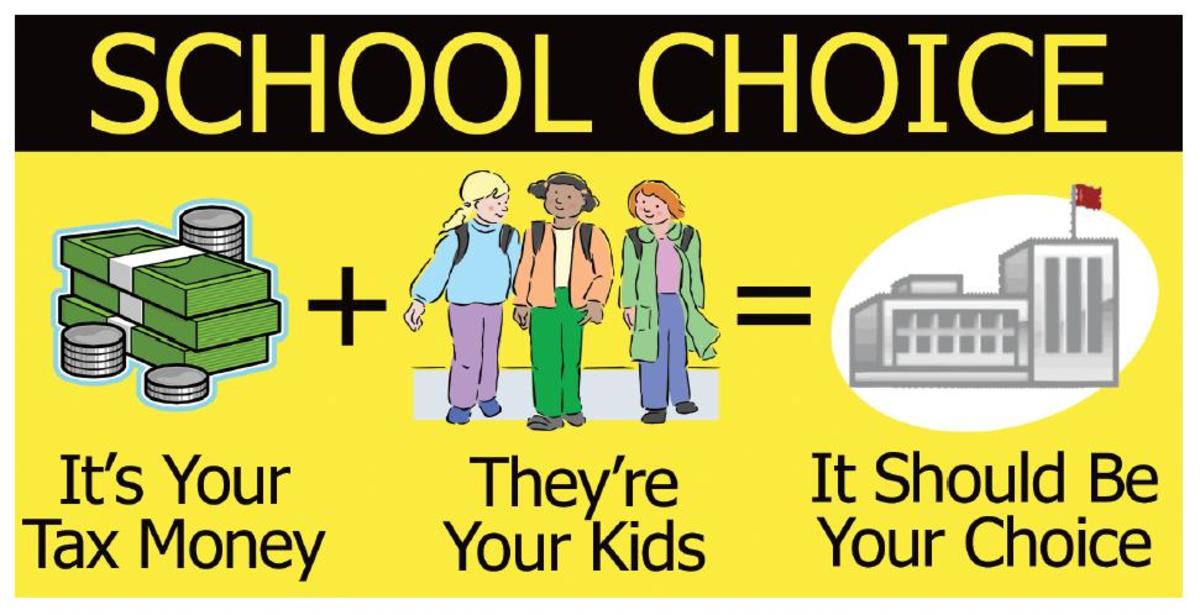The Goal of Education: To Teach and Learn Knowledge
America, we have a problem.
The Education Establishment hates knowledge. But your kid’s brain loves it!
Our professors of education pretend that knowledge is like stale beer. We should sit around complaining about how disgusting it would be to drink this stuff.
The Establishment’s point of view is that knowledge is difficult to acquire and a waste of time anyway. So don’t bother. This is like a doctor saying health isn’t a big deal and it’s hard work to maintain, so you might as well smoke, drink, get high, and eat ice cream all day. Foolish talk.
There is nothing more bizarre than an Education Establishment that hates all the things that people used to designate by the term “education.” Namely, facts, knowledge, learning, literacy.
The Education Establishment has waged a 100-year war against the idea that school is all about teaching children to know stuff. They pretend that school is about everything else but knowledge. Now schools claim to teach critical thinking, self-esteem, multi-cultural perspectives, higher-order thinking skills, cooperative learning, digital literacies, everything except perhaps how many inches are in a yard. Kids today might look at you and say, Inches? Yard? What’s all this? In other words, schools teach many airy nothings but few solid somethings.
If we want better schools, start by getting rid of all the egregious anti-knowledge clichés that the Education Establishment pretends to believe. Let’s switch to upbeat, positive, pro-knowledge rhetoric. Dumb is just dumb. But facts are fun; and knowledge is power.
Here are some commonsense axioms for saving our schools:

1
First, knowledge serves as the foundation for doing better at every stage of life. It doesn’t matter whether a student is going toward trade school, secretarial school, beauty school, a community college, advanced degrees, parenthood, or merely being a good citizen. The more you know, the better you can typically do any job.
2
Second, knowledge is easy to teach and learn because the brain wants to know stuff. Evolution figured out that the more information you have, the better chance of surviving. The more you know, the more you can know, because each fact illuminates the next fact.
3
Third, is there such a thing in life as doing too many favors, giving too many compliments, thinking too many positive thoughts? Knowledge is like that. It’s hard to have too much.
4
Fourth, day to day, the classroom should be focused on things that are fun and easy to learn. Almost every human being is fascinated by dinosaurs, spiders, volcanoes, the Roman Coliseum, icebergs, cars, tools, planets, what’s in the bottom of the ocean, and hundreds of other hot topics. Use the fun stuff to teach the more difficult stuff. Think of the classroom as a giant hot springs with a froth of bubbling knowledge. Children paddle around all day in the swirling currents.
5
Fifth, ignore gimmicks like Bloom’s Taxonomy. Suppose I tell you that Columbus discovered America in 1492. Bloom wants to discuss whether you have merely memorized this fact, or have you also analyzed, comprehended, evaluated, etc.? Isn’t it simpler just to teach a few more facts? Better 10 facts fast and furious than one fact tediously. Those facts will connect to each other like tinker toys. Things get exciting when you have lots of facts. It’s the relationships between facts that give you context and lead to critical thinking.
6
Sixth, teaching something one time is not teaching it. Teach it again and again in different contexts. You might mention the Atlantic Ocean one day as a geographical feature. Then you mention it the next week as history— people from Europe came across on it. Later you mention it because the Gulf Stream effects our weather. The next week you mention it because people living on the East Coast can see it. Constant, casual repetition will result in long-term memorization of information without any particular effort.
How to teach anything and everything
7
Seventh, use every picture, photograph, video, slideshow, or excerpts from History Channel and Hollywood movies. Point at details. Pull the children into the picture. Why did they design that object like that? Also use models, maps, diagrams. Use every possible visual aid so that children really do understand what something looks like.
8
Eighth, stop the excuses. Our misguided Education Establishment doesn’t want to bother teaching very much, so they blame their bad schools on everything but their own ideology. They talk about computers, texting, gun violence, indifferent parents and drugs. But let’s focus on the real problem. These people have stopped trying. Instead they spend their time looking for excuses for not doing the job they don’t want to do anyway.
summing up....
Everything discussed here is common practice in any good school. The best private schools do this. The classical schools. Montessori schools. Homeschoolers. Everyone should stop trying to reduce school to something small and tedious. Think of it as a big theatrical production and keep it lively. Step right up! Witness the greatest show on earth.
Let the kids think they’re playing games and having fun. They will learn a lot but without realizing it, just as any family does when they go on vacation to a national park or museum.
addenda
DIRECT INSTRUCTION: personally I like the idea of a classroom full of facts, energy, and fun, with room for creativity and serendipity. However, if you have a specific amount of knowledge and you have limited time, then a school should consider Direct Instruction, as pioneered by Siegfried Engelmann and now by Martin Kozloff. If you want children to know the lifecycle of the butterfly, and you’ve got two hours to finish this, then you have to organize and present this material in the most efficient possible way. I call this ergonomic education. I think it’s a fascinating challenge.
FORGET CONSTRUCTIVISM: This is the theory that requires that teachers stop teaching. It’s the opposite of everything discussed in this article. The Education Establishment has waged a war against knowledge for 100 years. Constructivism is the culmination of that war. Lets get back to sages on stages. Every child is entitled to be taught by smart knowledgeable people who stand up in front and deliver the goods.
ARTICLE: TEACHING ONE FACT EACH DAY
ARTICLE: 20 RULES OF FORMULATING KNOWLEDGE








